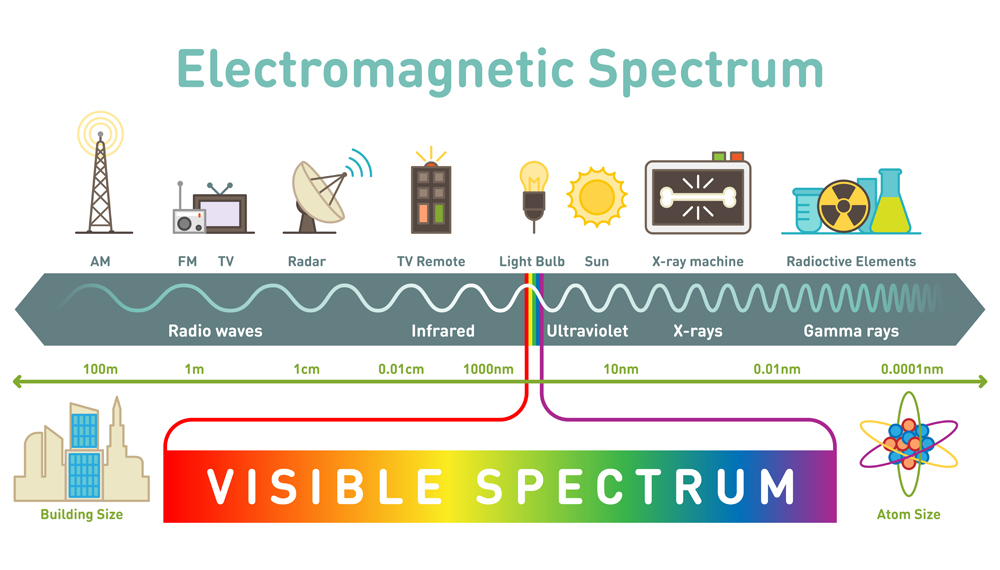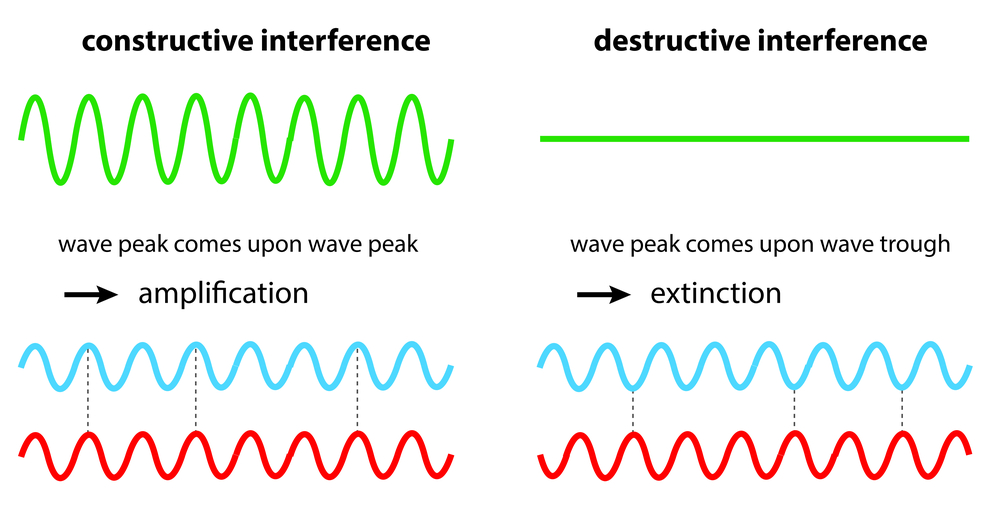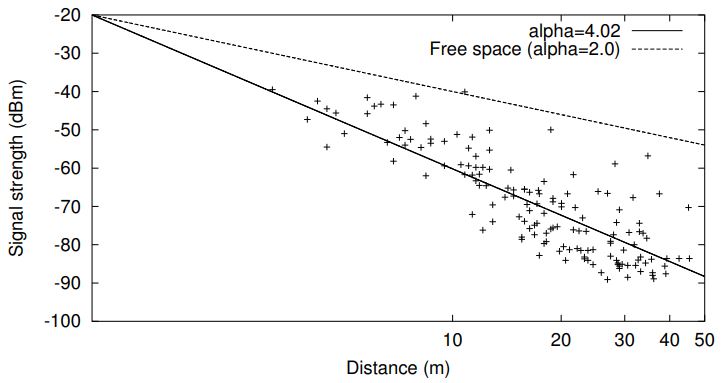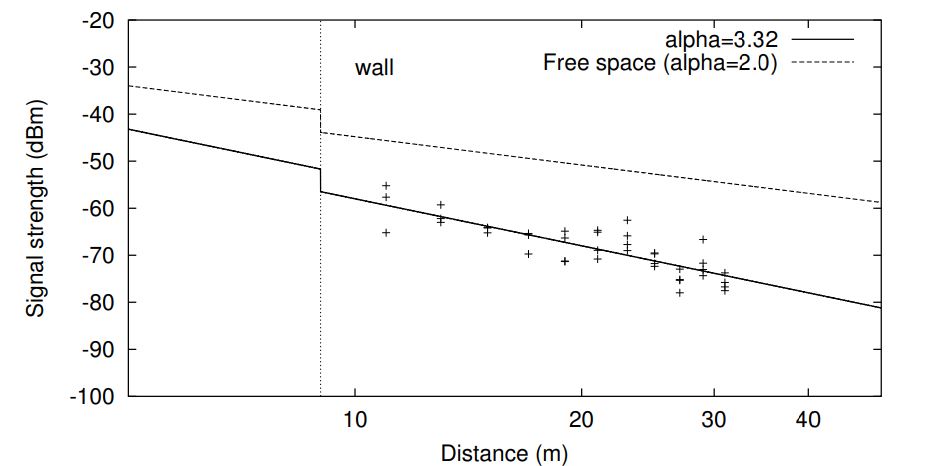Table of Contents (click to expand)
Yes, it does. Download speeds depend on the received signal power, which drops off as the inverse square of the distance in free space.
Sometimes, your Wi-Fi speed becomes abysmally slow, with downloads not anywhere near the speeds promised in your subscription package. You move from your bedroom to the drawing room, where the router sits, hoping for an improvement in download speed. Fortunately, you observe an increase in download speed as soon as you enter the room, which naturally makes you wonder how distance from the router affects your internet speed.
To answer this question, it’s important to understand how Wi-Fi works.
Wi-Fi Basics
Wi-Fi is a set of wireless networking protocols (a set of rules that enable electronic devices to communicate hassle-free with each other wirelessly) that connect devices in a local area through radio waves to the internet. Radio waves are electromagnetic waves, lying in the frequency band of 3 kHz – 300 GHz. Wi-Fi only uses 2.4 GHz and 5 GHz bands. This means that Wi-Fi radio waves oscillate (change the direction of polarization) 2.4 x 109 – 5 x 109 times a second while moving at the speed of light, which is 3 x 106 km/s.

Basics Of Radio Waves
Radio waves, like all EM waves, experience a loss in signal strength with distance travelled. This is called attenuation. Attenuation is the most important factor for determining the range of a Wi-Fi router. Indoor and outdoor environments cause signal attenuation due to a combination of scattering, reflection, interference, and path loss.
Scattering Of Signals
The wavelength of 2.4 GHz is 12.5 cm, while that of 5 GHz is 6 cm. Objects of similar size with irregular surfaces, like doors, cabinets, walls, etc. scatter Wi-Fi signals, resulting in a weaker signal arriving at the receiver. It also results in a reduction of energy of the wave, as some energy is lost to the obstructing particles during collisions, and then converted to heat.
Reflection Of Signals
The reflection of radio waves by metal surfaces causes a change of direction of propagation, as well as a phase shift (a “phase” roughly describes the time taken by a wave to travel one wavelength). When two waves with different phases superimpose, a redistribution of energy occurs, such that there are areas of very low energy density and areas of very high energy density. This is called interference. Interference changes the original signal, meaning that the receiver antenna cannot pick it up.

Also Read: How WiFi Signals Travel Through Walls?
Path Loss Of Signal
Path loss refers to the attenuation of a radio signal due to the distance between the source and the receiver. There are multiple path loss models that simulate the general environment of the operation of Wi-Fi. The simplest model is the one where there’s only one transmitter and one receiver placed some distance apart in free space (generally air). There are no physical obstructions to cause any reflection or scattering.
The Friis Transmission Formula gives the power at the receiving antenna (Pr),

where,
Pt = Power at the transmitting antenna
Gt : Gain of the transmitter antenna (takes into account the direction of emission and conversion of the electrical input to EM wave)
Gr : Gain of the receiver antenna (takes into account the direction of signal retrieval and conversion of the EM wave back to electrical output)
 = wavelength
= wavelength
D = Distance between transmitter and receiver
According to the above equation, power at the receiver drops off as the inverse square of the distance, i.e. doubling the distance quadruples the power loss. This makes it clear that being farther away from the Wi-Fi router is quite disadvantageous for downloading files, as the signal strength (measured by power) drops quite a lot.
Moving on from Friis Transmission, let’s take a look at some real-world models.
Indoor Path Loss Of Signal
The indoor model simulates environments like a bedroom, where path loss depends only on the distance between the source and the receiver, and general obstructions like doors, corners, windows, etc. The obstruction of signals due to small obstructions is called log-normal shadowing. It is estimated using the following statistical model:

where,
Pr(d) = Power Received at the receiver at a distance d from the source
 Statistical Mean of the signal strength at a distance d from the source measured from multiple experiments
Statistical Mean of the signal strength at a distance d from the source measured from multiple experiments
Pro = Signal strength at d = 1 m (measured using a decibel meter)
X = Gaussian Random Variable
= Gaussian Random Variable
 = Standard deviation of Gaussian Distribution
= Standard deviation of Gaussian Distribution

Outdoor Path Loss Of Signal
Path loss of waves in outdoor environments is approximated by the same equation as is used for indoor environments by introducing the attenuation due to walls. This simulates environments like public Wi-Fi spots in parks, public squares, etc.

Here,
W = Wall Attenuation Factor
The other relevant terms are the same as for the indoor model.

Also Read: How Do Devices Determine The Strength Of Wi-Fi Signals?
The Verdict
Thus, it is evident that the strength of a Wi-Fi signal drops off exponentially (exponent 2) with distance. Generally, routers transmit at a power of 100mW at 2.4 GHz. A good signal is indicated by filled bars at the top of the screen. Moving further away results in the reduction of power received at the device, denoted by blank bars, which also indicate poor signal quality. In conclusion, distance does affect download speeds and upload speeds, so cozy up by the router if you can’t afford any lag!
How well do you understand the article above!

References (click to expand)
- What are radio waves? | NASA. The National Aeronautics and Space Administration
- (2012) PROTOCOL OF COMMUNICATIONS FOR VORSAT SATELLITE. The University of Porto
- Chapter 2: Radio Wave Propagation Fundamentals - KIT - IHE. The Karlsruhe Institute of Technology
- DB Faria. Modeling Signal Attenuation in IEEE 802.11 Wireless LANs. Stanford University
- Friis Transmission Equation. cpb-us-w2.wpmucdn.com
